Today we are looking at Czech Avant Garde – Poetism. In the period between the two world wars, artistic movements in Czechoslovakia produced outstanding examples of avant-garde book cover design, layout, and typography. Czech artists, designers, and architects adopted and developed trends from the avant-garde in other parts of Europe and created what they saw as a new approach to book cover design and typography.
Rejecting the bibliophile tradition of book design, these artists sought instead to use avant-garde aesthetics to create simply produced books that could be made available to all. This was not merely an attempt to put modern art on a book cover but rather to rethink the entire aesthetics and so produce a modern book and book cover.
Poetism dominated the discourse of the Czech avant-garde movement, especially during the earlier years of the Devetsil group. Poetism reveled in the imagination, stressed the personal vision of the individual artist, and encouraged self-expression. Like Artificialism, essentially a later form of Poetism which explored the beauty of new technologies, Poetism was a uniquely Czech innovation…
Our team meticulously gathers and curates valuable information, sparing you hours, days, or even months of research elsewhere. Our goal is to streamline your access to the best of our cultural heritage. However, a portion of the content is locked behind a Patreon subscription to help sustain our operations and ensure the continued quality of over 1,200 pages of our work.
Alternatively, you can contribute through Venmo, PayPal, or by sending cash, checks, money orders. Additionally, buying Kytka’s books is another way to show your support.
Your contribution is indispensable in sustaining our efforts and allows us to continue sharing our rich cultural heritage with you. Remember, your subscriptions and donations are vital to our continued existence.



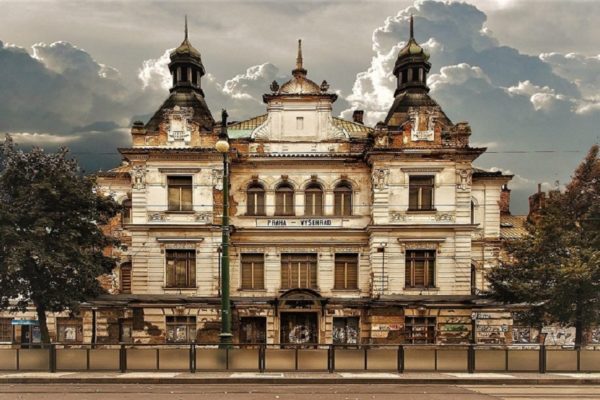
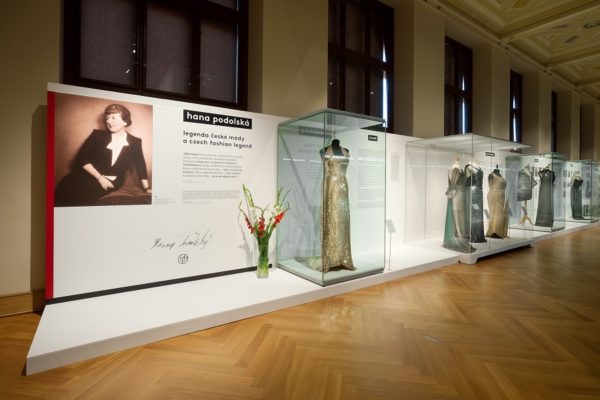
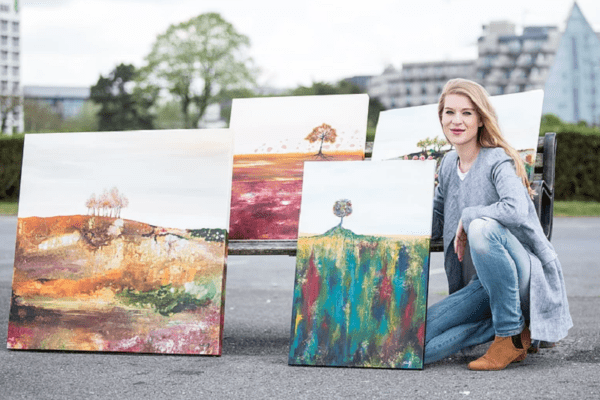
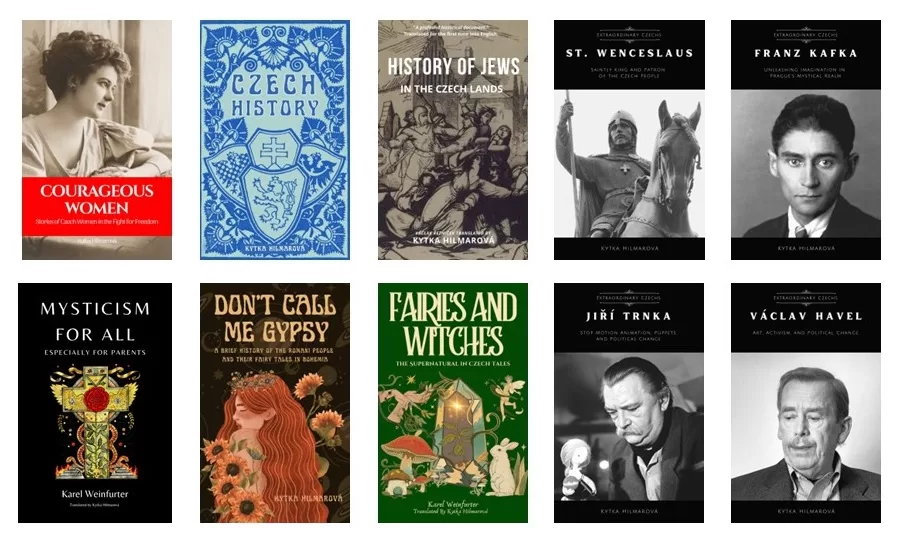
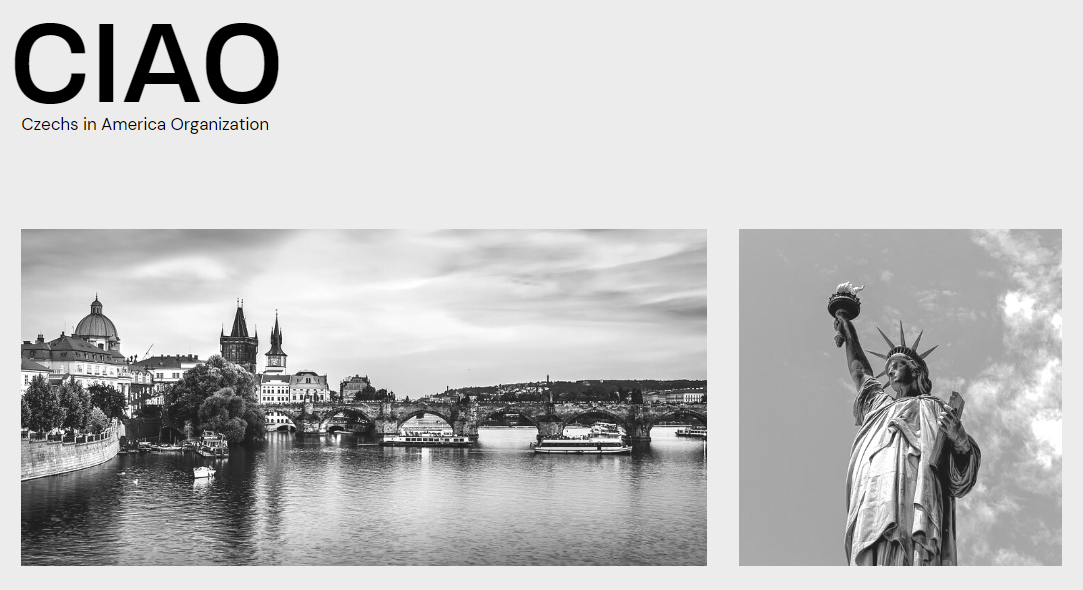

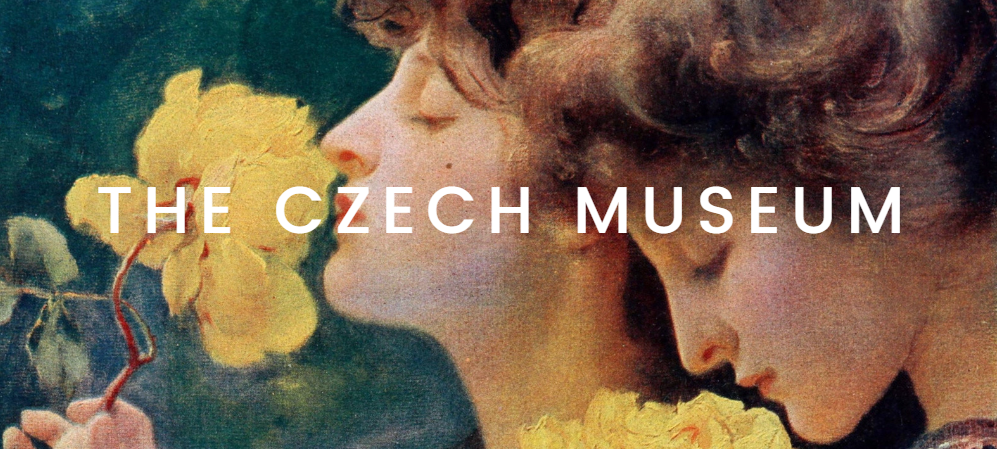


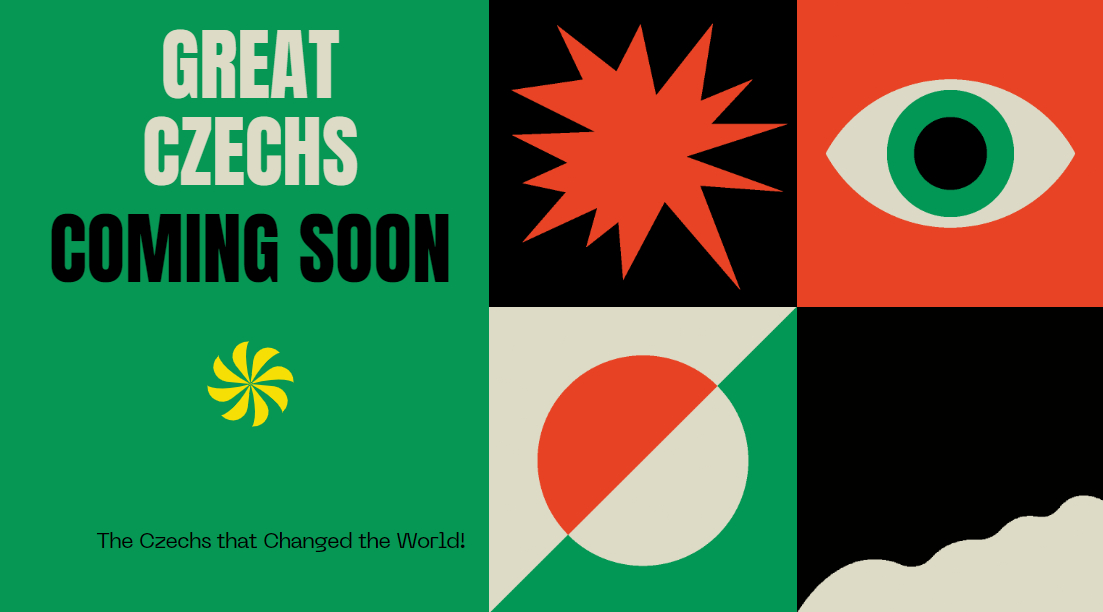

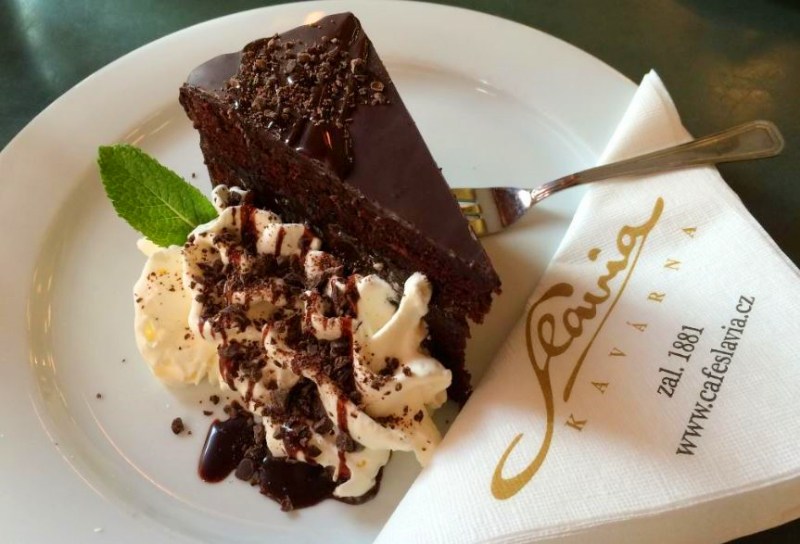
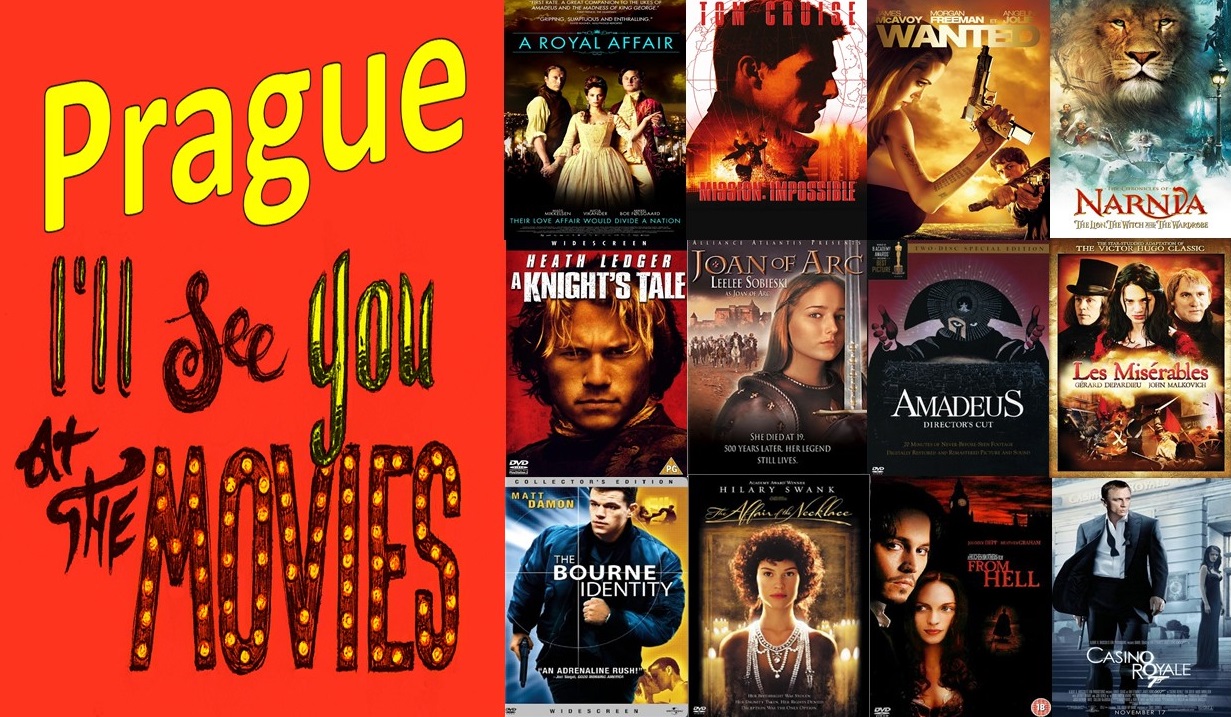


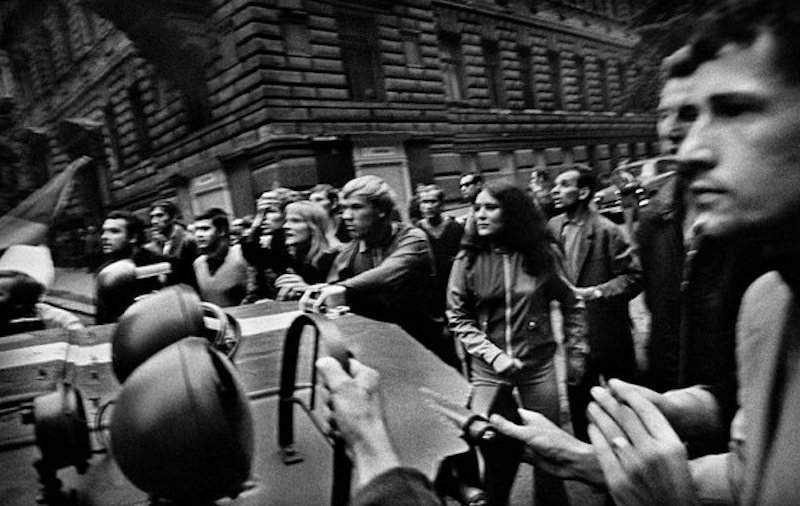
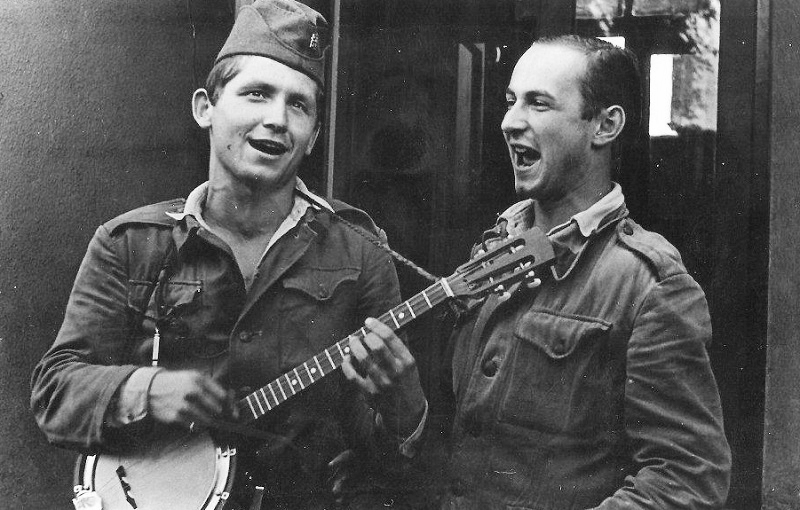
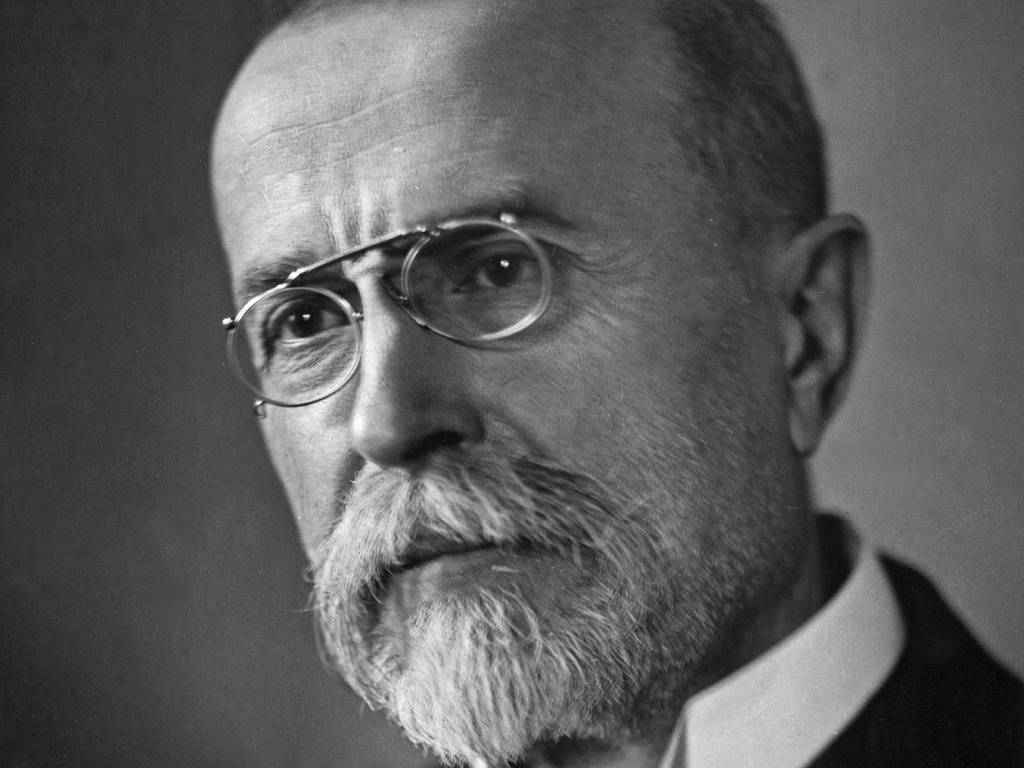
I love this collection of images and the information as well. I never realized that so much of my own personal design was so heavily influenced with Bohemian designs. Thanks so much for sharing this!